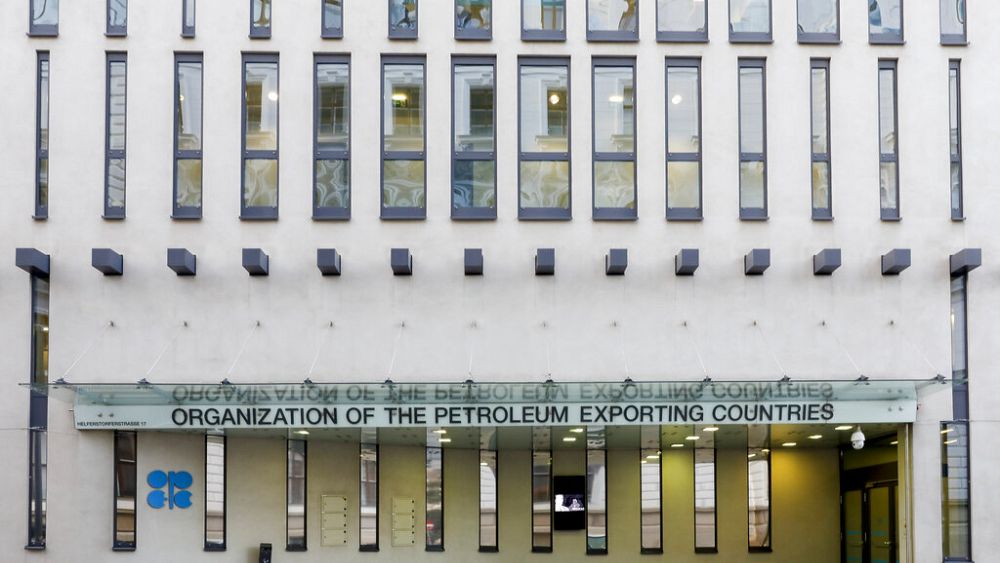In order to keep crude oil prices stable on the world market, the OPEC+ countries, including heavyweight Russia, have agreed to maintain previous production cuts through 2024, while Saudi Arabia cuts output by 1 million barrels per day.
The Saudi cut, set to start in July,July, comes as the other OPEC+ producers agreed in a meeting in Vienna to extend earlier production cuts through next year.
Calling the reduction a “lollipop,” Saudi Energy Minister Abdulaziz bin Salman said at a news conference that “We wanted to ice the cake.” He said the cut could be extended and that the group “will do whatever is necessary to bring stability to this market.”
The major oil-producing countries led by Saudi Arabia and Russia were wrestling with whether to make another cut in supply to the global economy as the OPEC+ alliance struggles to prop up sagging oil prices that have been a boon to US drivers and helped ease inflation worldwide.
The 23-member group met Sunday at OPEC headquarters in Vienna after sending mixed signals about possible moves.
OPEC+ cut oil production to combat falling prices
Saudi Arabia, dominant among the oil cartel’s members, has warned speculators that they might get burned by betting on lower prices. Russia, the leader of the non-OPEC allies, has indicated no change to output is expected.
The decision comes amid uncertainty about when the slow-growing global economy will regain its thirst for fuel for travel and industry. Producers are counting on oil profits to bolster their coffers.
Oil prices have fallen even after OPEC+ slashed 2 million barrels per day in October, angering U.S. President Joe Biden by threatening higher gasoline prices a month before the midterm elections. Then, several OPEC members led by the Saudis made a surprise cut of 1.16 million barrels a day in April.
Barring brief exceptions, oil prices have been falling for about a year while producers face a looming supply glut. In June 2022, a barrel of OPEC oil cost around 107,22 Euros ($115). Currently, it is around 69,93 Euros ($75).
Falling energy prices also helped inflation in the 20 European countries that use the euro drop to the lowest level since before Russia invaded Ukraine.
 RSS Feed
RSS Feed















 June 5th, 2023
June 5th, 2023  Awake Goy
Awake Goy 
 Posted in
Posted in  Tags:
Tags: 













